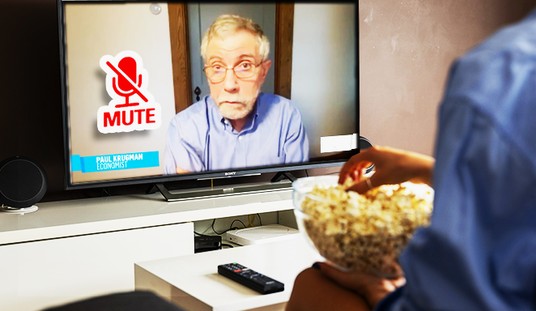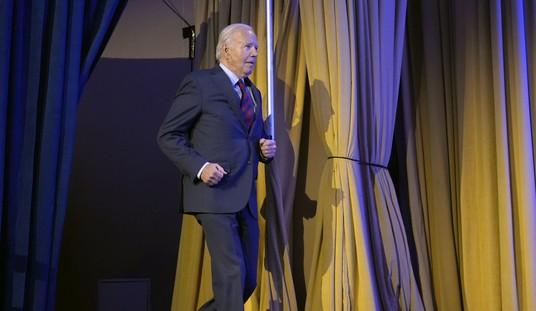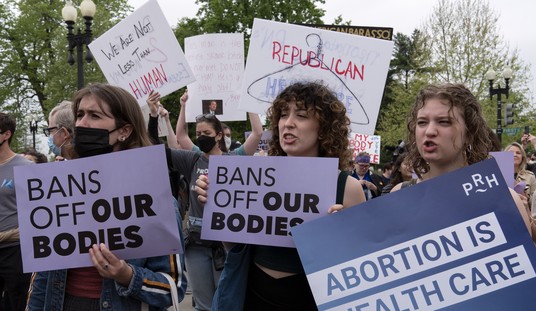Via ClickonDetroit comes a very disturbing video showing some police brutality in Inkster, Michigan under questionable circumstances at best. The video below more or less speaks for itself but we will acknowledge that the man in question who was beaten by the police made one critical mistake – opening his car door. This is never a good idea under any circumstances but I find it hard to justify what occurred to him on that basis alone:
Video courtesy Digitas Daily.
A few things deserve to be stated here about the cops’ professed justification for why ten armed officers were needed to subdue a man who, by all accounts, had no criminal history and who per the video made no actually threatening moves or gestures toward the police at all – and for why, during the course of that arrest it was found necessary to place the man in a carotid bar, punch him 16 times in the head, and tase him three times.
First, the cops clearly had reason to stop the man because he rolled through a stop sign. The fact that, per the video, he didn’t even slow down for the sign (which appeared poorly lit), indicates that he may not have seen the sign at all. However, the allegation that he was attempting to evade arrest is completely bogus and in fact was thrown out by the presiding judge in this case. It is obvious from the video that the man was driving, at a consistent and low speed, to a well lit area, which is exactly what citizens are instructed to do if they have suspicion about a stop that is occurring. He then properly stops, and pulls over, and makes his one critical mistake: opening the car door.
Now, here we can see where the video kicks in and starts illustrating the patent absurdity of the level of force displayed by the police officers in question towards this unarmed man. In the first place, although he opens the door, he makes absolutely no move to get out of the car or to menace the police officers in any way. The first officer to the door responds by pulling his service weapon and pointing it at the suspect, who by all accounts responds properly, which is to say, completely freezes.
The police allege that at this point the man said “I’m going to kill you,” which was somehow not picked up by the recording equipment on any of the six squad cars that responded to the scene. I discount this as an almost certain lie on the part of the cops, given that the man had no drugs of any kind in his system and made no threatening move towards them at all. It is completely inconsistent with his physical behavior on the video and with a man who can clearly see that he is surrounded by police, at least one of which has a firearm trained directly on him at essentially point blank range.
Even still, if we grant that it occurred, a verbal statement “I’m going to kill you,” unaccompanied by any evidence that the suspect in question had either the means or the inclination to carry out the threat, is not a sufficient justification to drag the man out of his car onto the ground and place him in the exact same hold that resulted in the high profile death of Eric Garner just a few months ago. Having secured him in a chokehold I am at even more of a loss to explain why it was apparently felt necessary to beat him in the head 16 times and tase him three times.
To the extent that it was felt necessary to get the suspect to put his arms behind his back, the officers might have considered asking the cop who had the suspect in the chokehold to stop choking him and/or beating him in the head. A natural human physiological action to the deprivation of oxygen is to take the hands to the throat to attempt to remove the obstruction of the windpipe. In fact, in self defense training (which police officers should have been through regularly as a matter of course) one of the things they have to teach you is how to defeat this natural instinct of immediately taking your hands to your throat when you are placed in any kind of choke at all. If you add repeated blows around the head and face to the equation, the impulse to bring your hands up to your face is even stronger. The suspect in question was offering no physical resistance at all, just defending himself through natural physiological responses. I also treat as extremely unlikely the allegation that he bit the officer in question, given that the officer preserved no proof at all of this occurring, despite the fact that he must have known there would be an inquiry into this situation afterwards.
Let’s set all that aside just for a minute, though. If you are the sort of person who is predisposed to believe cops no matter what and to uncritically accept their justifications, however thin and implausible, I have learned that there is nothing that can be done or said that will change your mind. I do, however, want to engage an uncomfortable hypothetical that I caught a lot of flak for last week.
Let’s imagine that, instead of the suspect in the video, the suspect instead was me, suburban white guy, wearing my work business casual outfit, who made the unfortunate mistake of opening my car door when the police pulled me over. Can anyone honestly say they could even imagine me getting treated like the guy in this video – having a gun drawn on me, dragged out of my car, forced to the ground, choked, beaten, and tased three times?
You don’t have to believe that cops have a systemic racism – at least as it is defined as a conscious belief that black people are inherently inferior – to believe that racial bias plays an important part in how many of these incidents occur. You don’t have to say that any of the cops present hated black people to say that, probably, there’s a good chance that they perceived this particular suspect as more threatening than they would have an equivalently-situated white guy because of subconscious beliefs about black males, and that these subconscious beliefs played a role in the escalation of this conflict. And you don’t have to take the side of Al Sharpton or any other race baiter to acknowledge that, from the perspective of black people, decades of having experienced the brunt of this treatment has bred distrust and resentment of police that cops should be working harder to address than they are.
All you have to believe is what you see right in front of your eyes.














Join the conversation as a VIP Member